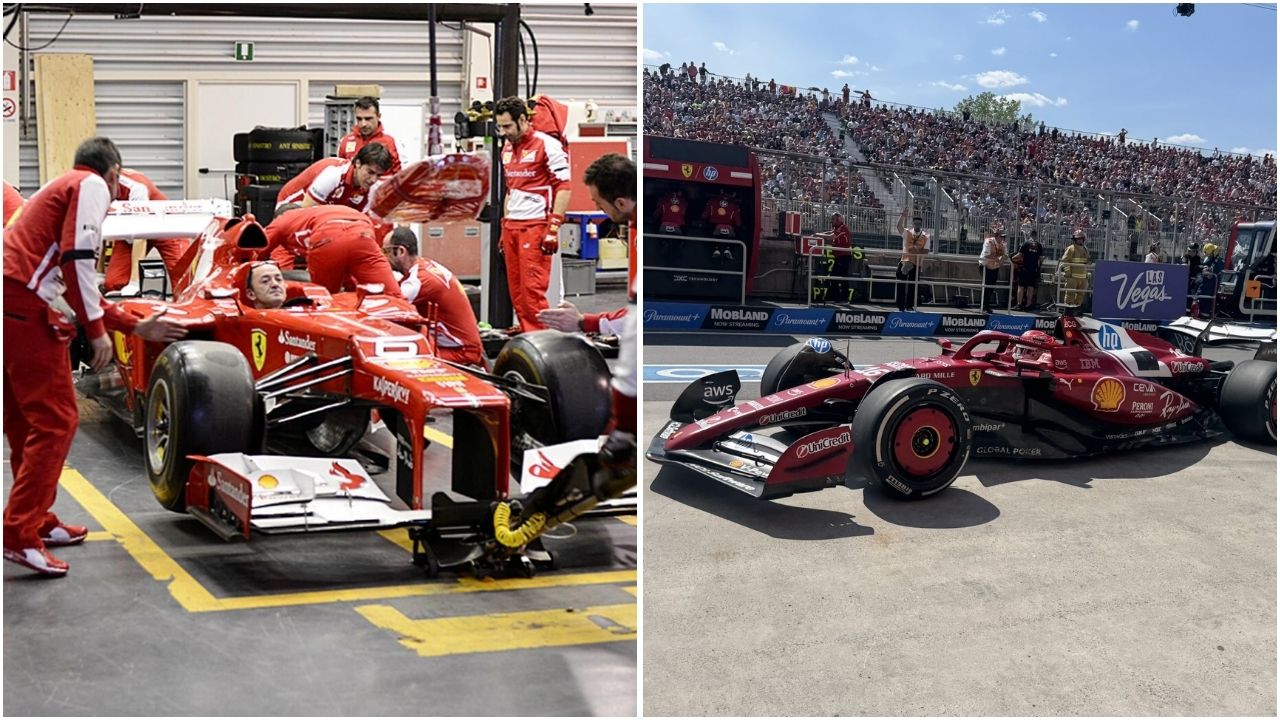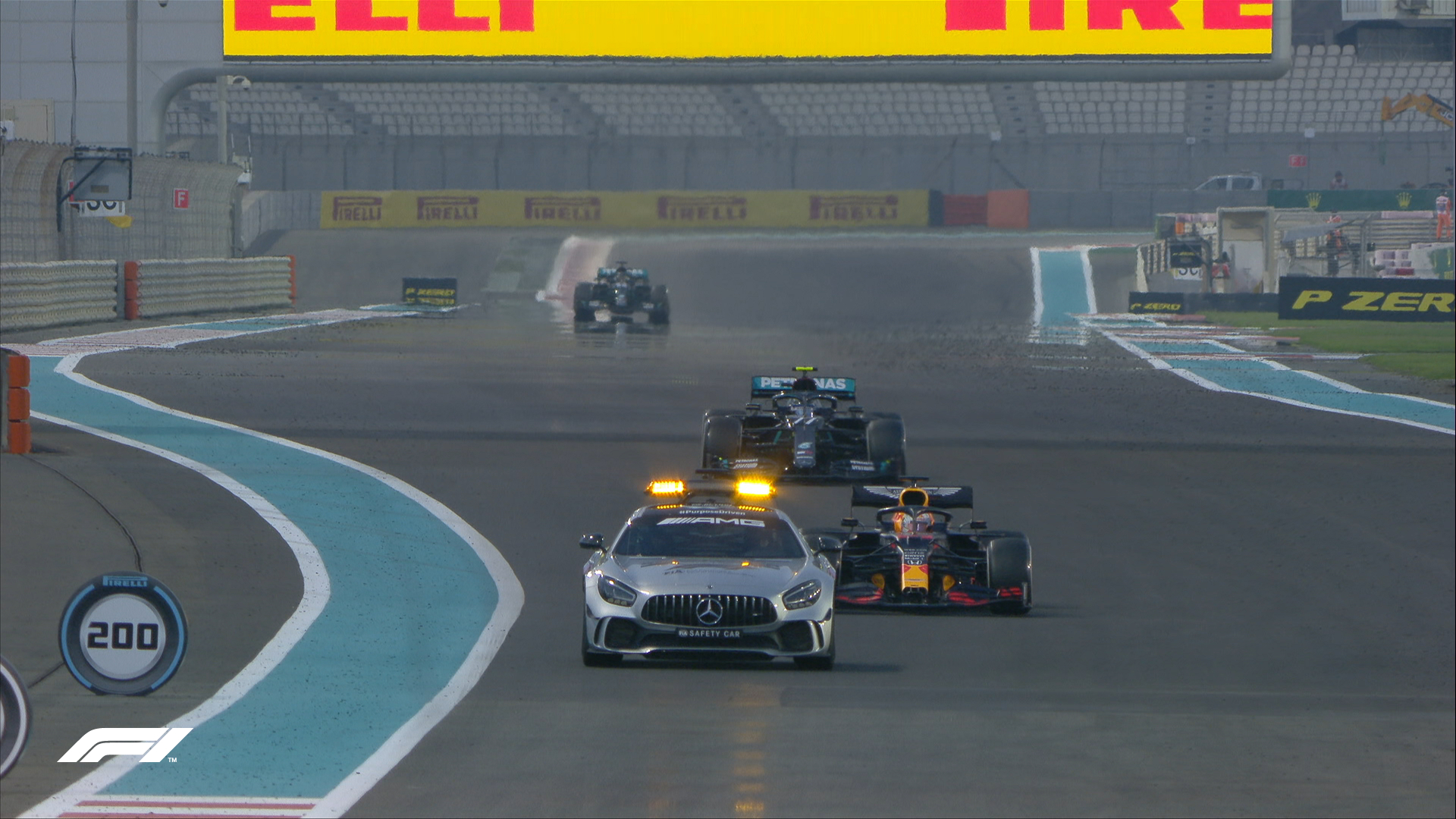The high-intensity F1 cars flying by as blurs on straights are powered by the 1.6-litre turbo-hybrid V6 engines at their back. These engines deliver around 1,000 horsepower, enough to send the 800-kg machines at over 210 mph (340 km/h). However, these engines are rather modern in the sport’s long history.
Many engines have been related to Formula 1 since its initial years in the 1950s. These included the V12s, V10s, and even a flat-8 engine. However, as the innovations progressed, teams began using the same engine (V10) in the late 90s. It was the best engine at the time. In 2000, FIA mandated the entire grid to use the V10 engine, banning any V12s or V8s.
New engine regulations were introduced in 2006. This mandated the team to use the V8 engines to reduce horsepower. Despite introducing a rev limit, the engine’s screaming noise could be heard all around the track during races.
As mentioned previously, the current cars are powered by the V6 turbo-hybrid engines. These regulations were introduced in the 2014 season. But what is the main difference between the two?
Difference between F1’s V8 and V6 engines
Understanding the nomenclature of these engines is rather easy. The number denotes the cylinders used in the engine, and the ‘V’ is the shape in which the cylinders are placed. Hence, the V8 engines use 8 cylinders, while the V6 ones use six. But, there are massive differences between these engines.
V8 Engines
V8s were the previous-spec engines used on the F1 grid. Naturally aspirated, the governing bodies introduced these to bring down the engines’ overall power. They mandated teams to use the 2.4-litre engines for cost-saving. These engines revved extremely high. The Cosworth engine in 2006 revved well over 20,000 RPM, setting an F1 record that was never broken. The 2007 season saw the FIA mandating a 19,000 rev limiter.
Still, 19k RPM was quite high. The revs, along with the eight cylinders, gave the engines their signature screaming noise that the fans loved. The cars could be heard at quite a distance.
Teams are believed to have pulled off around 720 to 800 horsepower @ 19,000 RPM in this period. Later, the KERS system (regenerative braking) was introduced, which was converted into the ERS later. The teams managed to pull around 750 horsepower @ 18,000 RPM with the electrical system in place.
Turbo Hybrid V6 Engines
2014 came with the introduction of the 1.6-liter turbo hybrid V6 engine. These engines are much more powerful than the V8s, delivering over 800 horsepower. The regulations also allowed the use of kinetic and heat energy recovery systems (MGU-K and MGU-H). While these engines were far more advanced, they sounded rather strange compared to the older ones. This is because of a lower rev limit at just 15,000 RPM and the turbochargers for forced induction.
The current cars use these engines and are preparing for a shift in the 2026 season. While the V6 engines will still be used next year, the MGU-H will no longer exist. Moreover, the cars will draw about 50% power from electricity instead of combustion, delivering around 1,000 horsepower.



